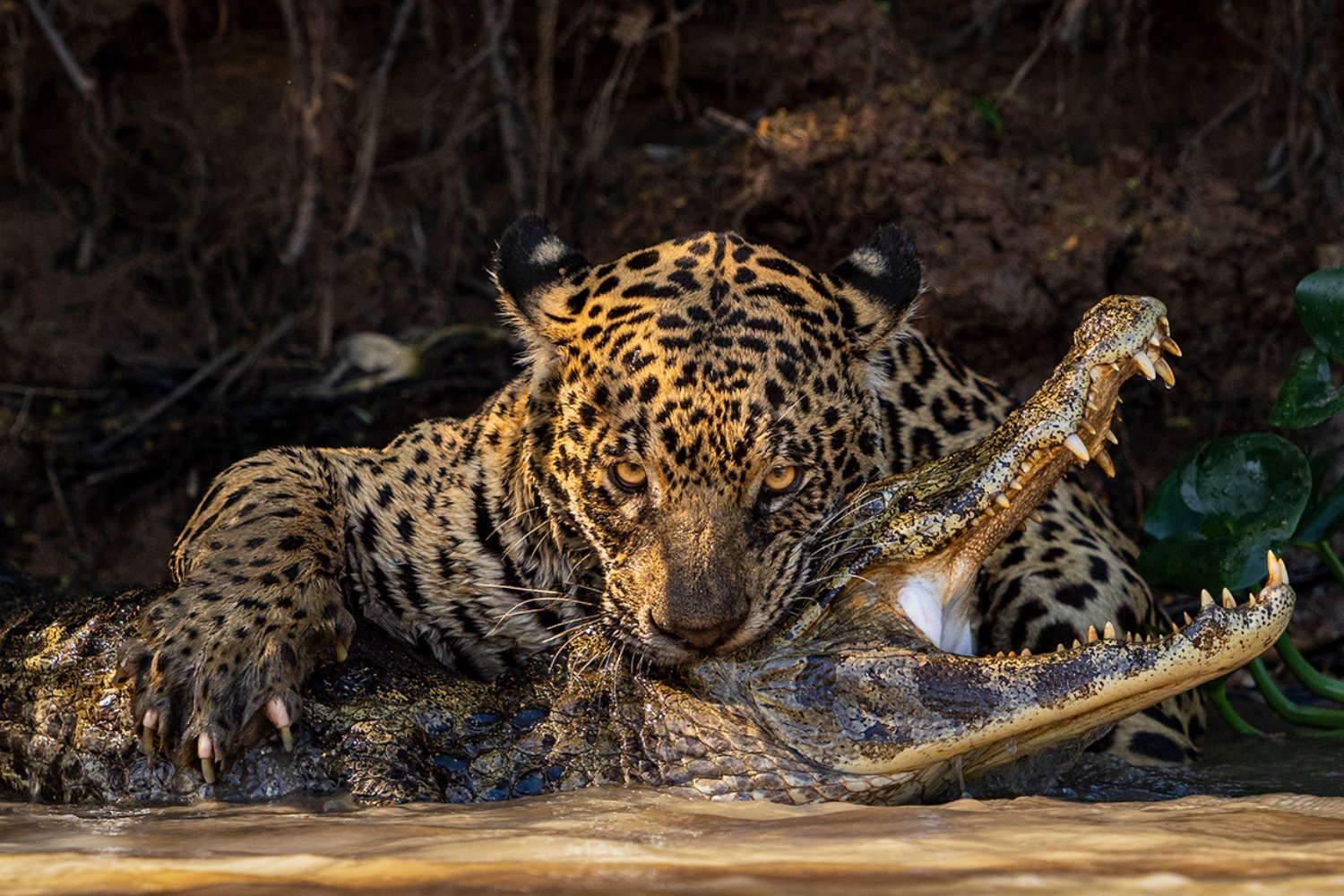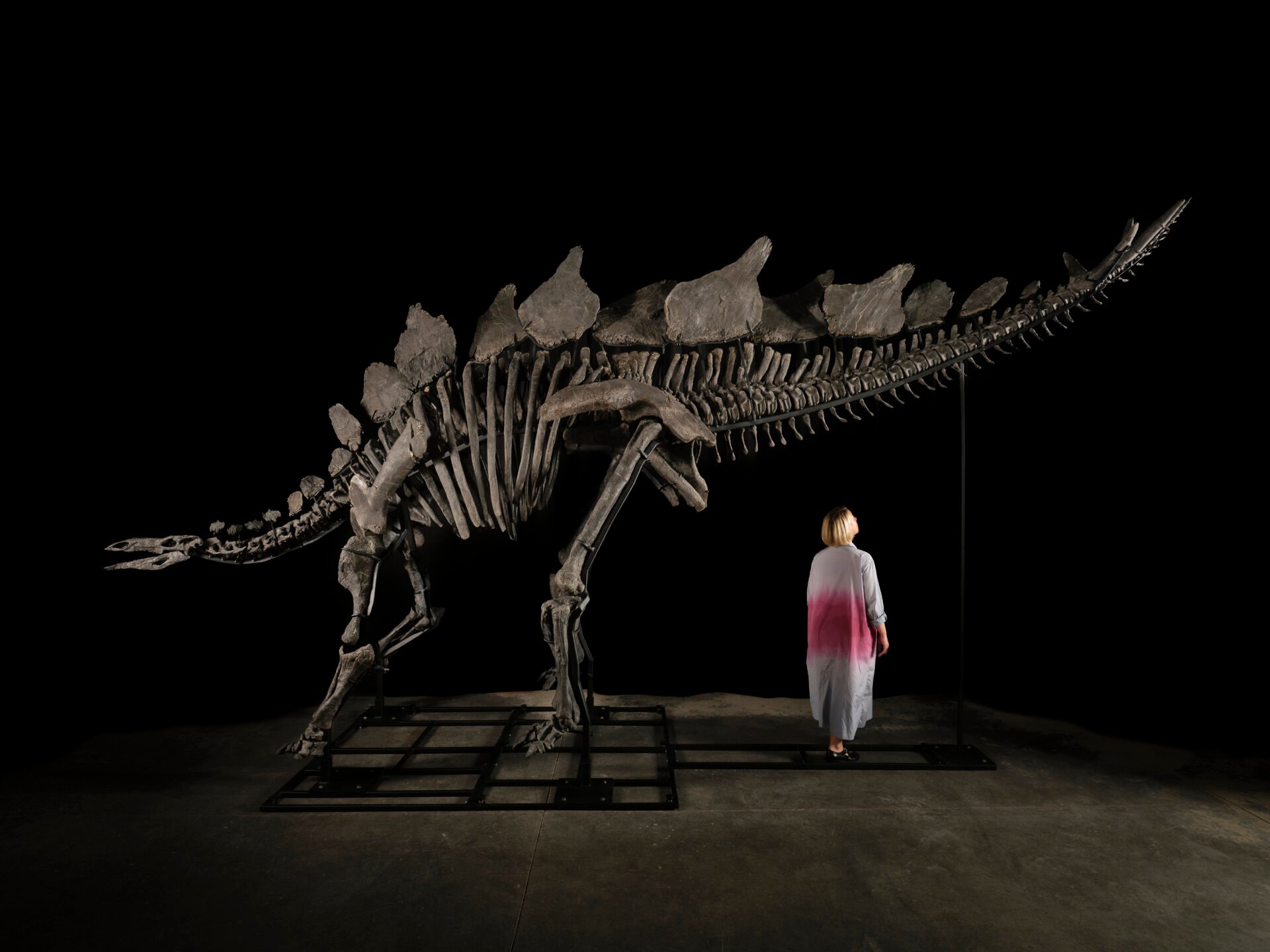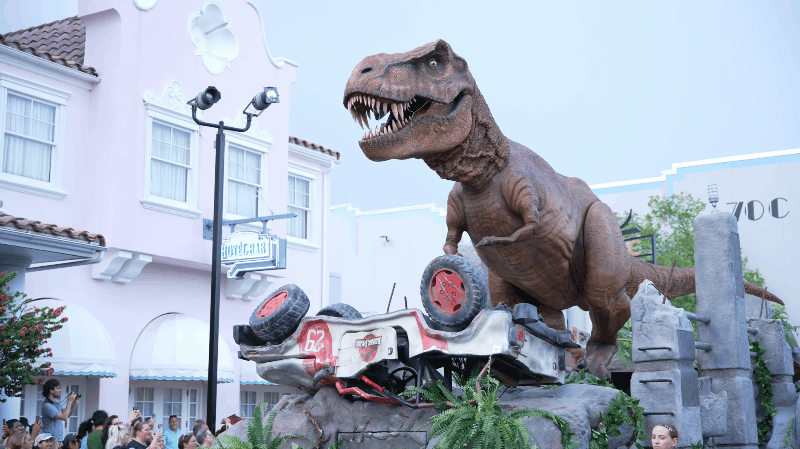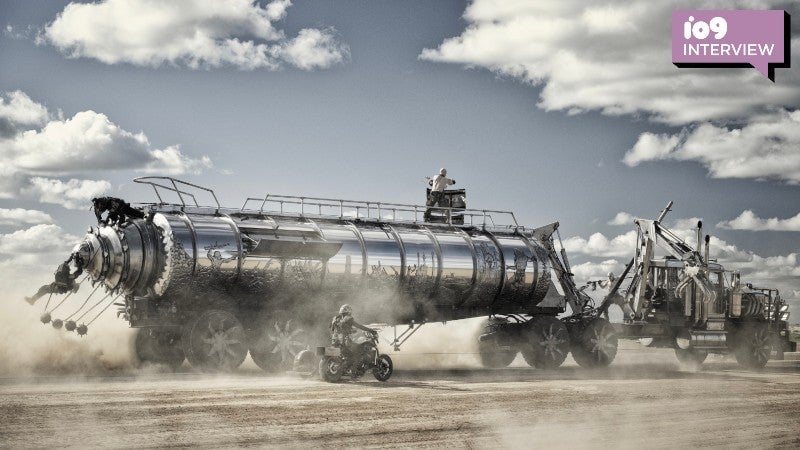Five hundred million years ago, tacos existed. But they weren’t corn or flour; they were the hard-shelled coverings on a now-extinct sea creature, Odaraia alata.
According to new research, the Cambrian creature was a mandibulate, a group of jawed arthropods. But adding to its exoticism, Odaraia swam upside-down and had spines along its 30 pairs of legs, which may have been used to ensnare prey throughout the water column. The team’s analysis of Odaraia was published today in Proceedings of the Royal Society B.
“We were not the first ones to think that [Odaraia] swam upside-down,” said Alejandro Izquierdo-López, a paleontologist at the University of Toronto and lead author of the paper, in an email to Gizmodo. “We now think that this hypothesis aligns with our new discovery; that Odaraia was capturing food from the water column using its spiny legs.”
The creature was found in the Burgess Shale, a swathe of rock in western North America that was part of the ancient seafloor during the Cambrian Period, some half a billion years ago. The Burgess Shale preserves delicate parts of ancient animals, like soft tissues, giving paleontologists a remarkably precise and sharp view of ancient life. For the recent study, the team examined about 150 specimens of the taco-shelled Odaraia, which amounts to about half of all the known specimens.
“We don’t think [the shell] was very flexible, but not very hard, either,” Izquierdo-López said. “Probably somewhat like the shrimp or prawns you may get in the supermarket.”
The Cambrian seas were filled with alien creatures by today’s standards. From about 570 million years to 530 million years ago, the worlds’ oceans boomed with life, a period known as the Cambrian Explosion.
Many Cambrian creatures are now preserved in the Burgess Shale, including the 8-inch (20-centimeter) Odaraia. In 2021, a team of researchers announced the discovery of an absolute unit called T. gainesi; in 2019, another shelled creature was named for its resemblance to Han Solo’s Millennium Falcon.
“The Burgess Shale has been a treasure trove of paleontological information,” said Jean-Bernard Caron, a paleontologist at Canada’s Royal Ontario Museum, and co-author of the study, in a museum release. “Thanks to the work we have been doing at the ROM on amazing fossil animals such as Tokummia and Waptia, we already know a substantial amount about the early evolution of mandibulates. However, some other species had remained quite enigmatic, like Odaraia.”
Besides the mandibles, the research team was able to analyze the creature’s legs and spines in detail. The team posited that the first animals with mandibles may have used their spines to catch prey, helping them make the move from bottom feeding to eking out existence throughout the water column.
The Burgess Shale almost certainly holds more critters that will reveal the breathtaking diversity of Cambrian life. But as the recent study shows, there are also plenty of details that remain to be found in existing specimens.













